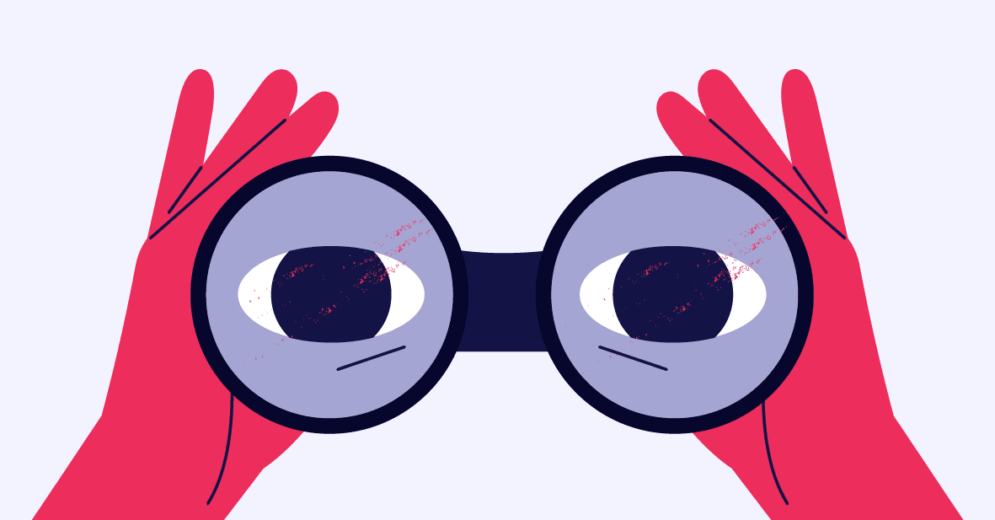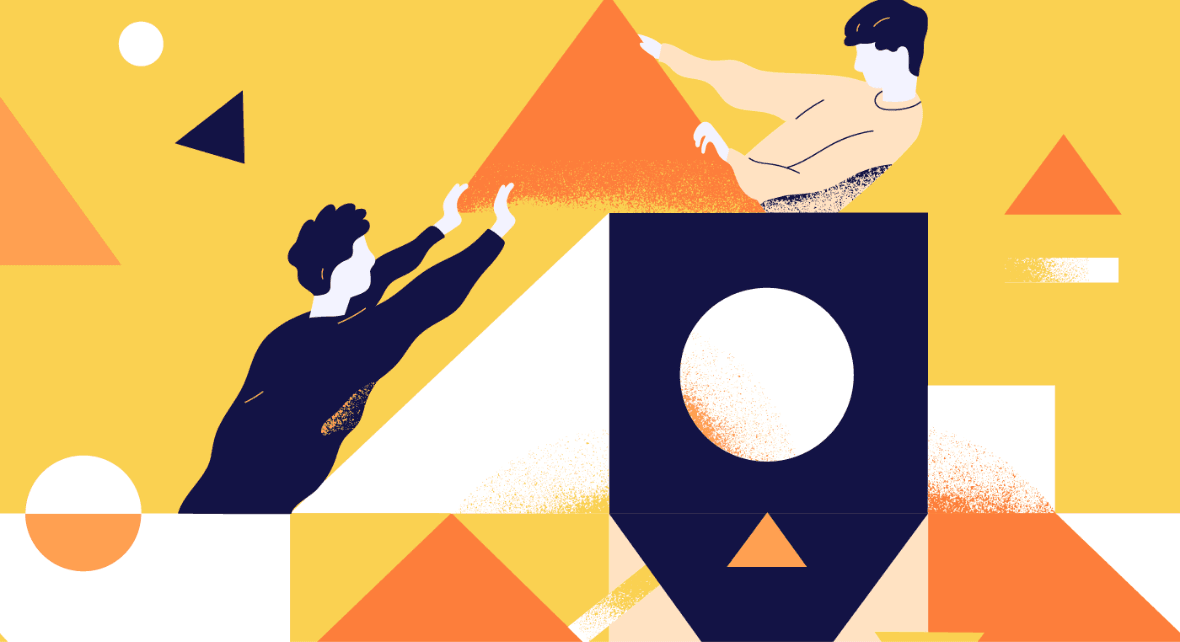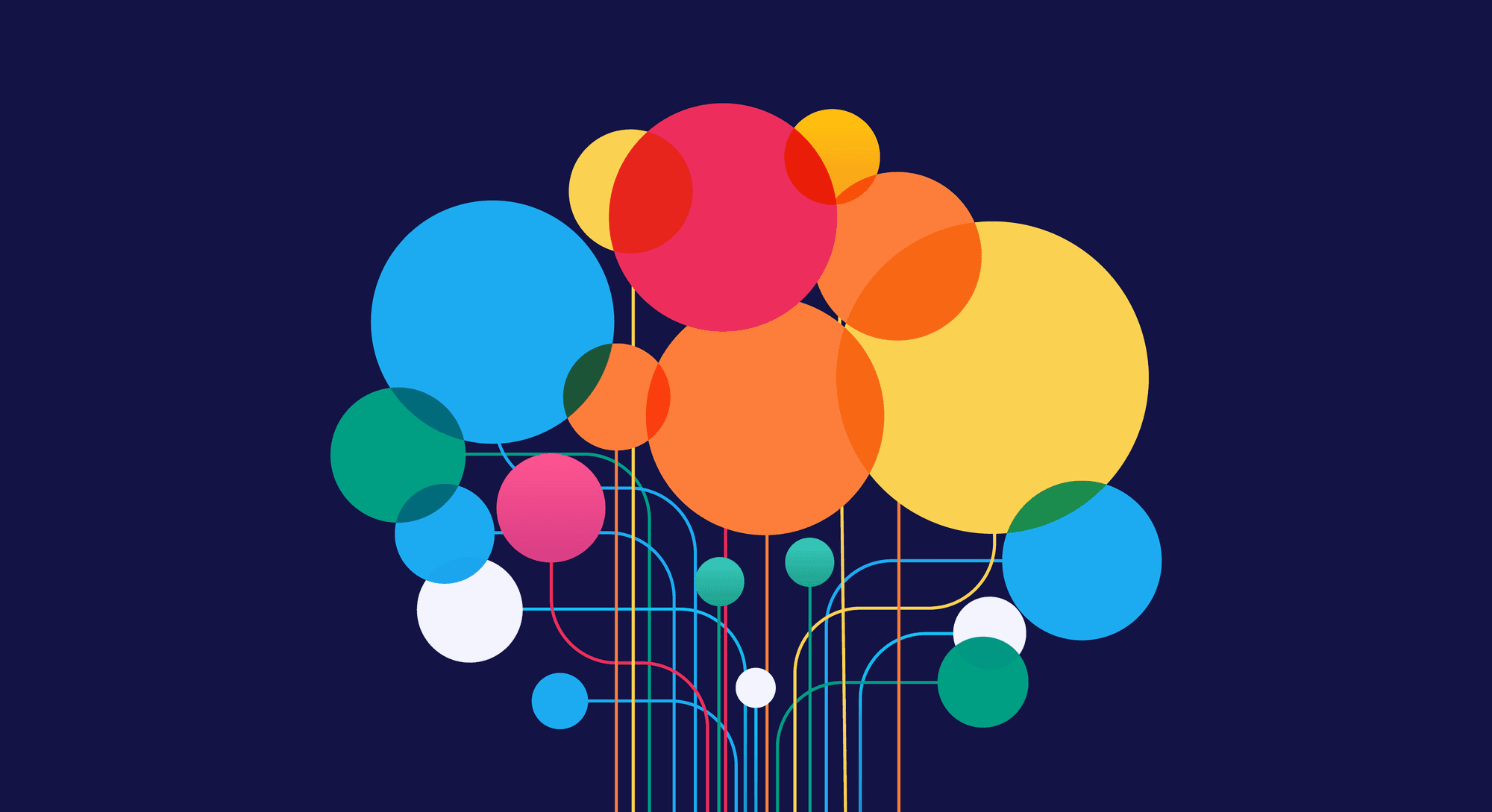Product Design is about developing products to meet user needs and solve their problems. To achieve that, UX Research is indispensable for gathering customer information and supporting design decisions.
However, conducting research is not that simple; it involves methodologies and a deep understanding of the process so that researchers can gather valuable data.
This article will explain how UX Research works and how you can conduct research to improve a Product Design project.
What is UX Research?
UX Research is a process within Product Design in which several types of research take place to support Product Development.
The primary goal of UX Research is to gather relevant information about the market, competitors, users, their needs, pains, and their context.
With the results, researchers and designers have to answer fundamental questions such as:
- Who are the users of this product?
- Who are the competitors? What are their products like?
- What are user needs and pains?
- Which features are essential according to our target audience priorities?
As you can see, research is crucial to find answers and provide better user experience.
How is UX Research important to Product Design?
When we talk about Product Design is hard not to mention User-Centered Design practices. UCD principles focus on putting users at the center of Product Design decisions and Development.
And researching is fundamental to understanding the context and user scenario, building strategies, and making important decisions throughout product development.
Because of this, a successful Product Design approach has to embed UX Research in its process.
Ultimately, UX Research is crucial for:
- getting to know the users, their contexts, and their needs;
- knowing competitors and their products;
- understanding the market;
- comprehending how users interact with products;
- identifying early adopters;
- validating hypotheses;
- building strategies that align business objectives with user needs.
These examples help us understand how UX Research is important to Product Design. Moreover, you can also imagine the negative impacts that neglecting the research process can have, such as:
- developing products that won’t solve user problems;
- building a product that is not competitive in the market;
- a bad ROI for the company;
- put our opinions over precise data and information.
So, never underestimate the power of UX Research and stand by it even when stakeholders might take it for granted.
UX Research Methods

Before we go into the steps within UX Research, it is important to know the types of research there are and when to use each.
Research methods are procedures and techniques for gathering data. They are set in two categories: primary and secondary research.
Primary research
Primary research is the most traditional method of collecting data for a project. The UX Research team plans their own research, surveys and questions, keeping in mind the project’s specific objectives.
In other words, primary research is when the team “gets off the building” and talks directly with the users, interviewing them, conducting studies, and gathering information.
After the collecting phase, the team organizes and analyzes data to then draw their conclusions from what they found, reporting it for the rest of the people involved.
In the end, the research and its results belong to the UX Research team and the project.
Some examples of primary research are:
- User interview: probably the most popular technique in UX to collect user data;
- Focus group: where groups are created to have moderated discussions so researchers and designers can gather insights and receive feedback;
- Contextual observation: the team observes users in their natural environment, analyzing their behaviors;
- Usability testing: to validate hypotheses and measure a product’s usability.
Primary research is elaborated and serves a specific objective; therefore, they demand more time and investment to happen.
So, if you plan to conduct this type of research, plan it well and always consider the project schedule and budget.
Secondary research
Secondary research collects information from existing research, that is, from primary research that has already been conducted for other projects.
In other words, secondary research relies on other people’s findings to explore a particular subject and draw conclusions. It is about studying papers, books, articles, and surveys that have already been published.
Because of this, secondary research is faster and cheaper than primary research.
However, you may not always find the information for all the questions you need to answer if you solely rely on secondary research. And one doesn’t exclude the other; they actually complement each other.
Here are some sources for secondary research:
- the own company’s documents, research, and previous findings of other projects;
- studies you find on the internet or in libraries;
- books and specialized magazines;
- universities’ research centers.
Rapid Research
Deadlines can be tight, and sometimes situations demand quick answers, which is the case with medical studies where every second counts or when a given context is rapidly changing.
Thus, Rapid research is used when you need to find answers quickly.
Rapid research provides a framework in which research can be done in just a few days or weeks.
To know more about rapid research, please read the following article that treats the matter in-depth:
UX Research process

First, it is essential to highlight that research is present throughout product development, not only at the beginning of a project.
Beyond identifying user needs, UX research is essential to test prototypes and validate the final product.
Therefore, UX Research is present in three main phases of a design process:
- Discovery;
- Evaluate and concept testing;
- Product development and user testing.
1) Discovery
The discovery phase happens at the beginning of the project, and its objectives are to understand and define the problem and get to know the users and the context they are in.
This initial phase is fundamental and will drive the next steps of the process. There is a list of activities that will help you to implement the discovery phase more efficiently:
Kick-off meeting
The kick-off meeting is a great way to put the design team and stakeholders on the same page, align expectations, and promote discussions about the project and its objectives.
Setting a kick-off meeting is the perfect chance to understand stakeholders’ initial perceptions about the problem—be aware that these perceptions and opinions must be carefully analyzed later.
To summarize, a kick-off meeting is excellent to:
- gather assumptions about possible problems;
- know better who are the stakeholders;
- align expectations
- find out more about the project’s objectives.
Define a research plan
Defining a research plan means setting the methods to apply the study, considering all available resources, such as time and budget.
Therefore, this step includes:
- defining the research methodologies that fit the project;
- defining the responsibilities of each team member;
- establish criteria such as number of participants and duration of research;
- aligning objectives and expectations with the whole team.
Moreover, the research plan must contemplate indicators, so it is possible to track goals and milestones.
Plan execution and analysis
Executing the plan involves conducting interviews, recruiting participants, and collecting and analyzing data.
Also, scheduling meetings right after research sessions is essential to keep everyone on the same page. This way, team members can discuss and contribute with insights and different points of view.
After the plan is executed, all the collected data must be organized, analyzed, and shared.
Be sure to document each step of the way, such as investigations and discussions. This solid documentation can serve as secondary research for future projects.
Reading tip: Desk Research – How To Conduct Secondary Research Efficiently
2) Evaluation and concept testing
Once the discovery phase is done, the team probably has all the relevant information to develop a product: who the users are, their needs, and the problem to be solved.
From this, Product Development is good to go. But, UX Research is not over yet. Even after the discovery phase and during the Product Development, it is important to run evaluations and concept testing.
Concept testing helps to validate initial assumptions and hypotheses. It’s a valuable tool for determining product-market fit and doesn’t require fidelity prototypes.
To conduct concept testing, run small user interviews and show them a spoiler of your solution. Then, ask their thoughts on the concept or idea.
At the same time, you can also conduct concept testing with stakeholders to verify if the product meets the project and company objectives.
Furthermore, concept testing is essential to make route adjustments if necessary. It is always better to make changes at the beginning of a project than further along the road.
3) Product development and user testing
The last phase of UX Research is about Product Development and user testing.
This phase is about putting your final product to test. So forget about sketches and low-fidelity prototypes. This is the real deal!
Performing user testing on your product allows you to collect feedback and evaluate the overall user experience.
Moreover, it allows you to see where users get confused or frustrated when interacting with your product. By identifying various pain points your team can enhance its user experience before launching to market.
Tools and methods to help your UX Research process

When people think about UX Research, the first things that might come to mind are user interviews and usability tests. And yes, these are common research tools in UX.
However, there are a lot more options regarding UX Research tools. In this sense, we’ve built a list of the most popular ones.
Benchmarking
Benchmarking is a strategic process to analyze and gather information about your competitors and the market.
The results of this research play an important role in supporting company decisions because it is related to business objectives and goals.
Although benchmarking is not actually related to user experience, it helps identify market opportunities and threats.
User Persona
User Persona is a widespread tool in UX Design. The basis for creating personas is the research findings during the discovery phase.
Creating a User Persona is excellent for visualizing to whom you are developing a product and helps build empathy for the user. Don’t forget: always base User Personas on the results of proper research.
You can learn more about it in the following article:
Heuristic evaluation
Heuristic evaluation is a detailed analysis of a product’s interface performed by specialists.
As experts, they go through a checklist of criteria to find flaws that design teams might have overlooked.
They are called heuristics because they are not specific guidelines but general rules of thumb.
Regarding usability and UX Design, Jakob Nielsen listed ten famous heuristics that every UX designer should know.
We hope this article could show you how important UX Research is in Product Design. Research is an excellent ally of UX Design.








